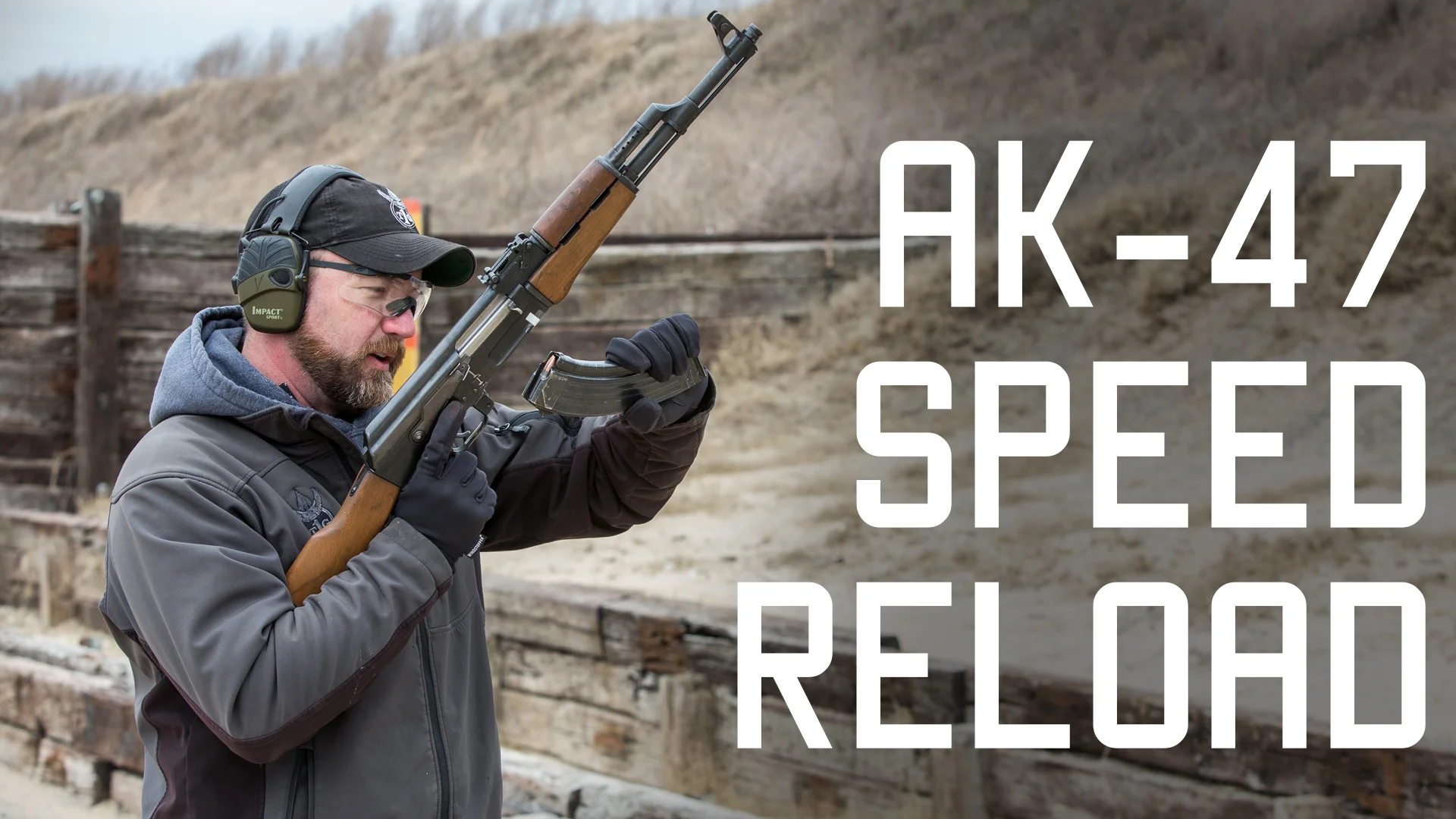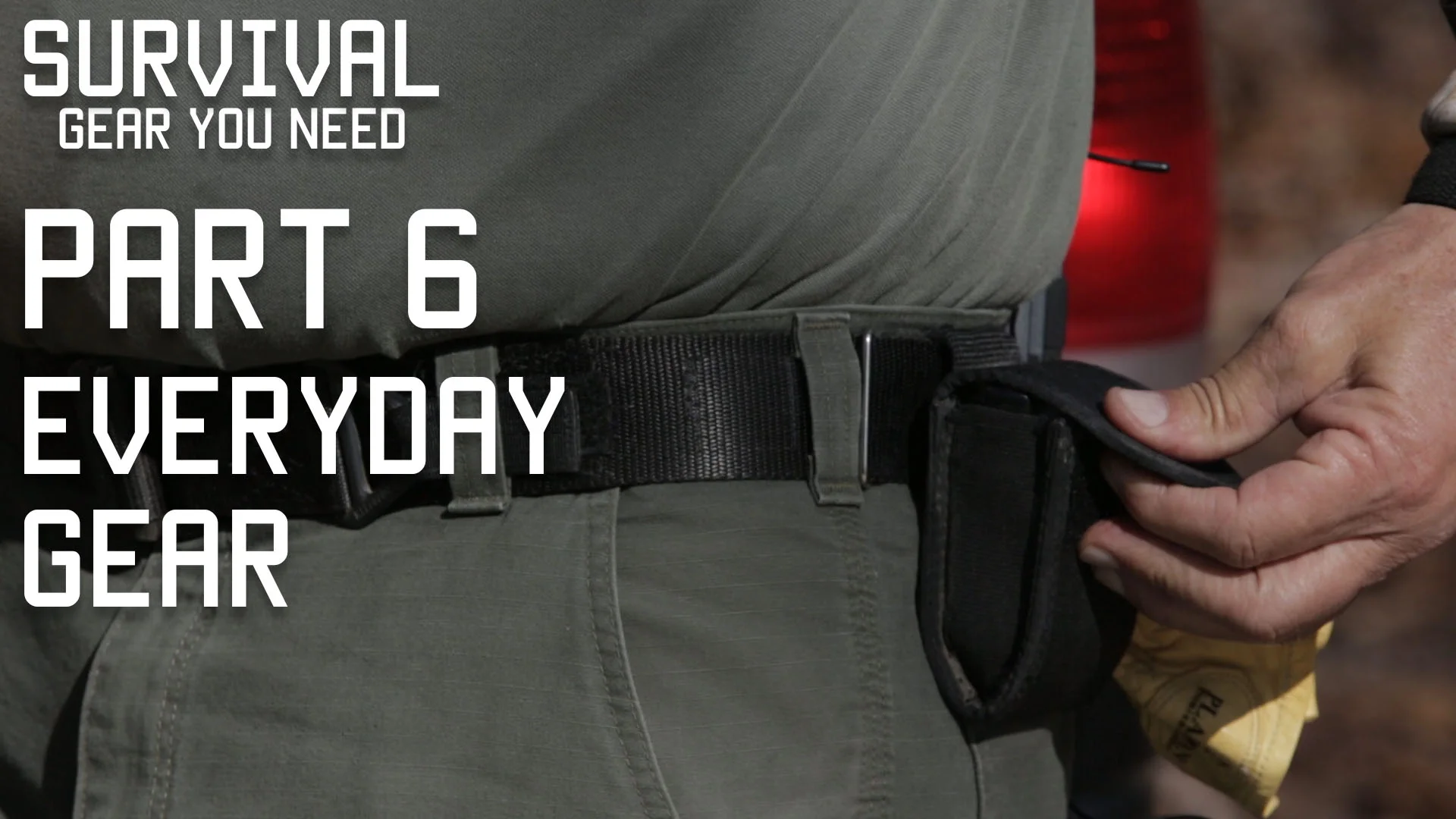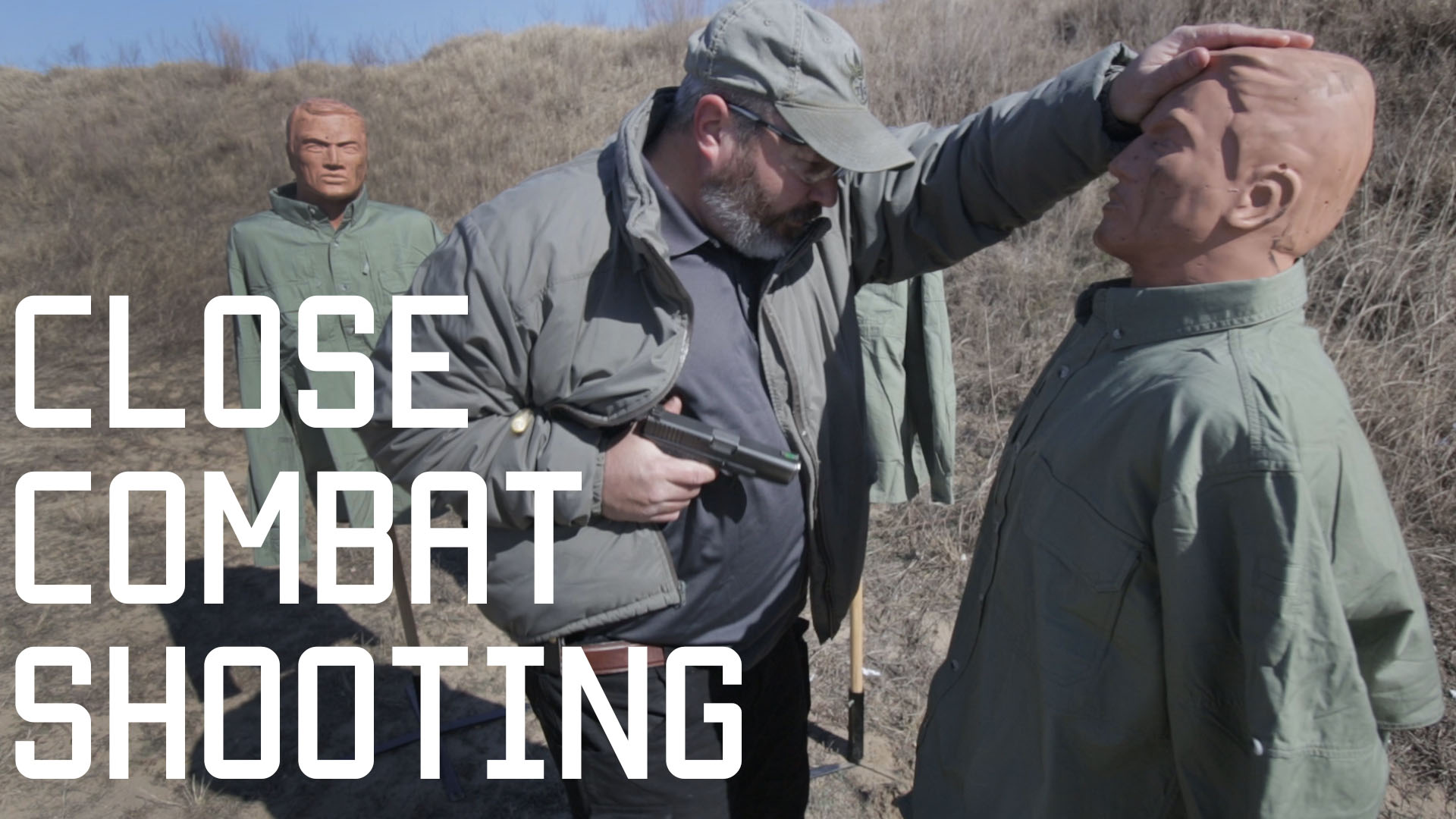This week’s video is by Chad Morman, showing us a few examples of Improvised Weapons. Chad is one of the Lead Instructors, at Tier-1 Group (T1G.com). If you want quality training, and can afford to train where America’s Finest train, you can reach out to T1G and they’ll set you up with a custom class. 95% of what they teach the military, they can also train civilians; and the other 5% you don’t need to know.
Chad has the frame of mind to always have a weapon. If he doesn’t have one, he immediately starts looking for a weapon, BEFORE he needs one. Look around the room you are sitting in. How many items in this room could be used as a weapon? Rest assured, that Chad could kill you with the computer sitting right in front of you. Do you want that same level of confidence? It doesn’t come from Amazon or Youtube. If you truly want to be prepared for the “Moment of Truth,” you need to get off your ass and sign up for one of Chad’s classes. We would not (and should not) cover in this video half of the improvised (and sinister) uses of normal items that Chad shows in his Improvised Weapons classes.






































